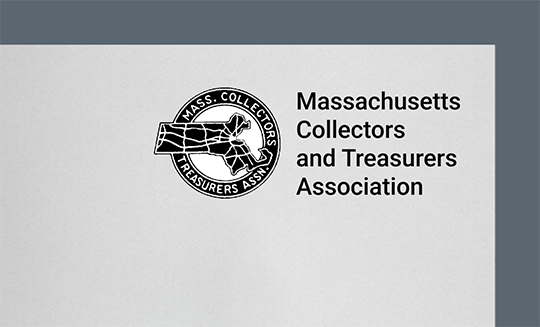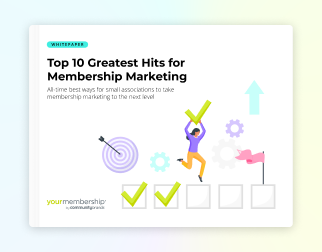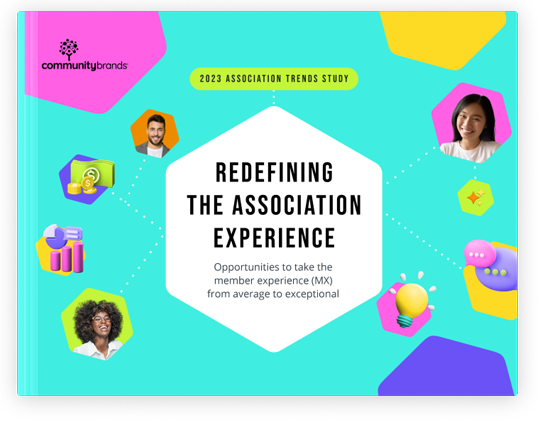Here are three easy and effective content engagement strategies to help your association attract and retain members.
Your association is a valuable source of information for your industry. Chances are, you already create content to deliver this value for your members. But are you considering how your content engagement strategies are helping you attract and retain members?
Your content can’t serve its purpose if your members aren’t engaging with it.
That’s why a strong membership marketing plan must include strategies and tactics for:
- What content topics and formats you will deliver
- How you will deliver the most effective content in the most effective way with the most effective timing to attract new members and provide value to current members
- How you will promote content and measure the effectiveness of your content marketing
Does this sound like a lot to take on, especially when you have a small staff? It doesn’t have to be!
Let’s look at some easy and effective content engagement strategies.
Three easy and effective content engagement strategies for small associations
1. Understand what content your members want.
To engage members and prospective members with your association’s content, the content must be valuable to them. To create and deliver the content that your members truly want, find out what benefits members place high on their list and focus your content on those topics.
Some simple and effective approaches:
- Look at association industry trends. For example, the 2023 Association Trends Study by Community Brands shows the most important benefits to members, which include industry-specific information and help with career advancement.
- Review your member data. Look at member data in your association management software (AMS) to uncover what it can tell you about the content and channels your members prefer.
- Tap into your online community. Read what members are talking about in your online community to see what topics are trending. You can also participate in the conversations to spark more discussion and feedback.
- Ask your members. There’s no better way to know what your members want than to ask them directly. Send a periodic survey to your members to gather their feedback about the content your organization provides, better understand the topics that are most important to them, and find out how often they’d like to receive each type of content.
2. Develop a solid content map.
How do you define a content map with the right mix of content type and frequency? The truth is that each association’s content map will look different, depending on the industry, staff, budget, member preferences, and other factors. The key is to define what your specific content is doing and how frequently you’re sharing it with prospective and current members.
Here are a few tips to guide you as you build out your association’s content mix:
- Include varying purposes – such as providing industry information, starting a conversation, or entertaining – and determine the frequency for sharing each associated content type.
- Don’t let the frequency overwhelm you. Before you start developing new content, think about how you can stretch your association’s content further. You likely have more than you think – content that can be reused, re-purposed, and even used as a launching point for new content. Also, you can ask your volunteers and most involved members what topics are important to them. If you need more ideas for new content, look at what you learned from your study of what content your members want and use those ideas as a springboard for new content.
- Include prospective members. A primary purpose of your content for prospective members is to give them a preview of the great content they would receive if they joined your association. So, plan to share some compelling content that non-members do not need a log-in to access.
- Offer a mix of content media. Providing a mix of content media – emails, articles, videos, etc. – keeps information interesting and engaging for your members. For example, you might provide blog articles on a topic, send emails about those topics that point to the articles for additional information, and compile the articles into one paper as a one-stop resource for members.
3. Promote your content and measure engagement.
Share your content through multiple channels – including your website, email, social media, and online community. Use compelling images and messaging to make your content as appealing as possible to your members and prospective members.
Regularly evaluate your content promotion efforts to understand what content and which marketing channels are most effective. This can be as simple as looking at click-throughs in email communications and followers in your social media channels. If they go up or down after you share certain content, it might indicate that the topic is more, or less, popular than other topics.






